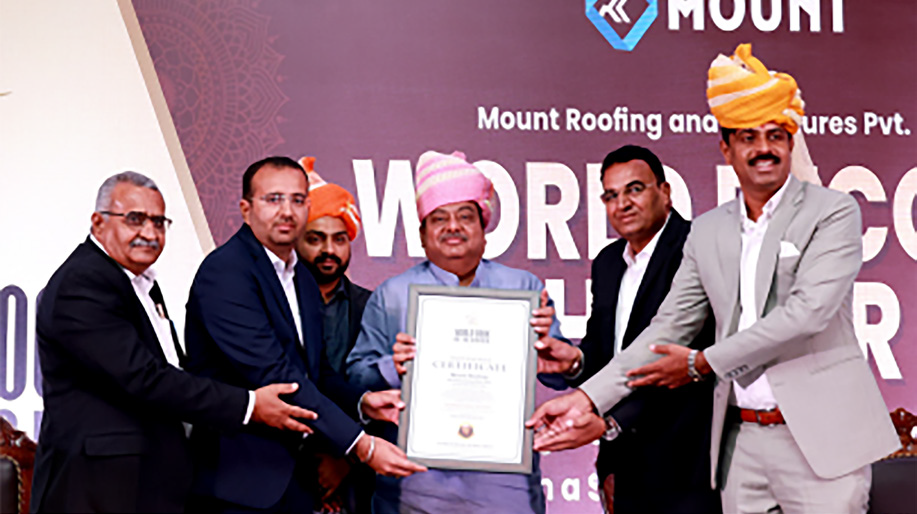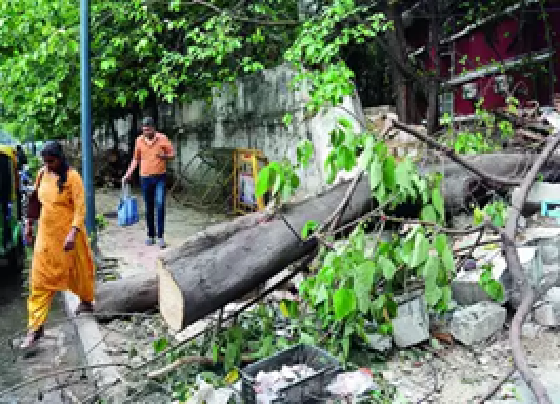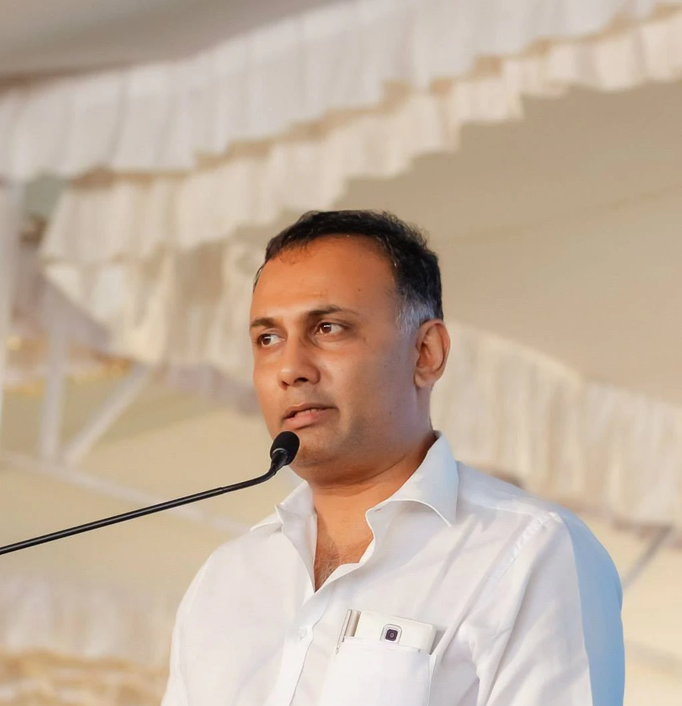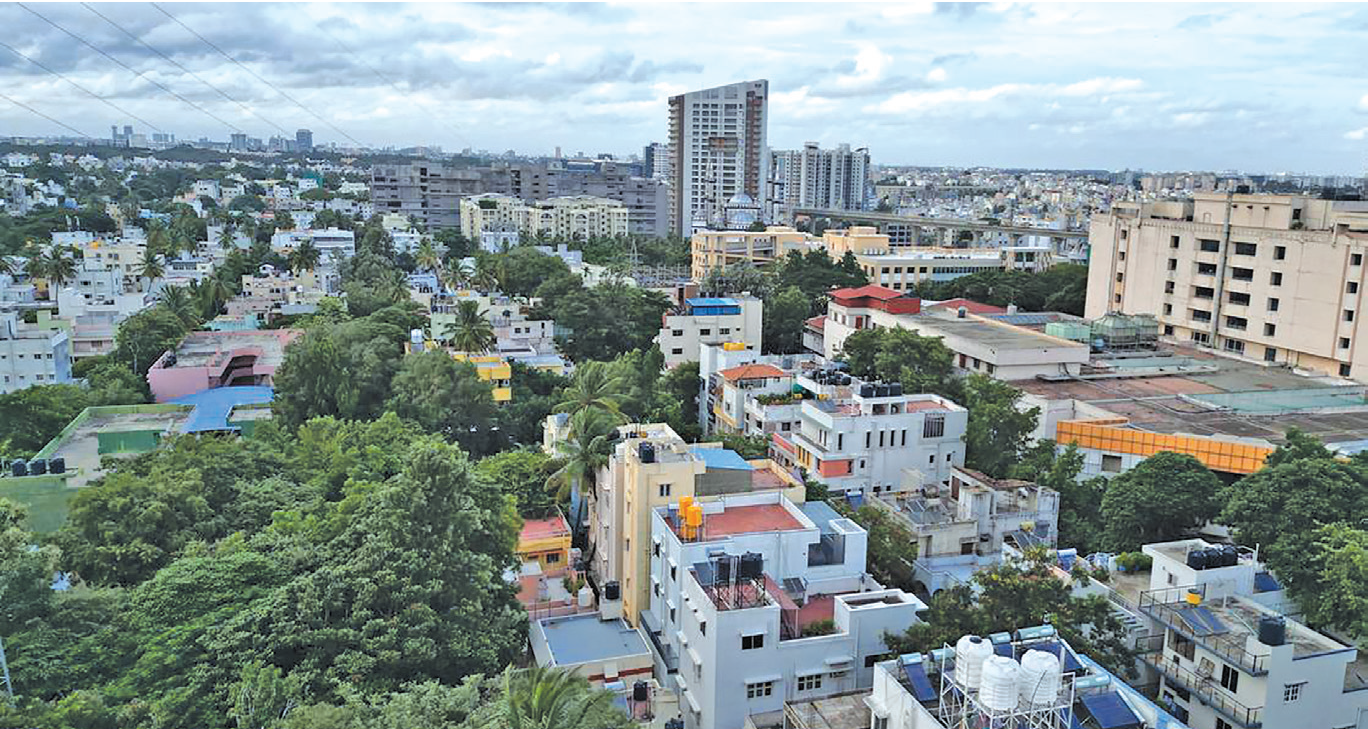
STEM education for blind kids is the need of the hour
Rachana Ramesh | NT
Bengaluru: Exempting visually impaired children from studying STEM subjects (Science, Technology, Engineering and Math) has remained a topic of discussion, even though accessible materials are available for them to learn these subjects effectively.
On World Braille Day, News Trail spoke with Shanthala Somayaji, cofounder of Vividha Trust, which works towards the inclusion of visually challenged children and their overall development.
“Observational and analytical ability are the only things that matter for one to learn STEM subjects. If a child is curious, they can pursue STEM and every child is curious,” said Shanthala. However, standard methodologies used in mainstream schools are only visual-based.
Citing that visually impaired children understand the mechanisms of daily life, maybe something as simple as opening a bottle or as complex as a seed turning into a plant without the need for visual observance, she said that STEM could be taught to them with inclusive methodologies in place.
Learning aids such as charts and models available in the mainstream are mostly colour coded and do not cater to the visually impaired. To paint a clearer picture, for example, in diagrams of the heart, blue is used to denote veins, while red is used to mark arteries.
This can be reconstructed and turned into a multi-sensory model, where they can understand the various functionalities when they touch the model. “Handson learning is something that all children can use. When we make accommodations for visually impaired children, it benefits all children because they are multi-sensory,” she explained.
Remembering an instance when she had conducted an activity for typical children by blindfolding them and allowing them to interact with the multi-sensory models, Shanthala said, “Their reaction was ‘wow’. They are ready to accept the main streaming of visually impaired children; it is the adults who need to change.”
On the other hand, assistive technology can be used when there is a need for vision. For example, a light probe, an assistive technology, converts light into sound. “With the use of a light probe, children will be able to understand the properties of light and how it behaves through the other sense of hearing,” she said.
Shanthala also noted that many schools are open to admitting children with intellectual disabilities but when it comes to visual impairment, they cite trivial reasons not to do so. When Vividha approached schools to accept their children several times, they were denied.
“Despite saying that we will provide teacher training and the thorough awareness required for a visually impaired child to function in a typical setup, we are denied the opportunity. We are hoping more schools will accept us,” she said with hope.
 English daily published in Bengaluru & Doha
English daily published in Bengaluru & Doha






